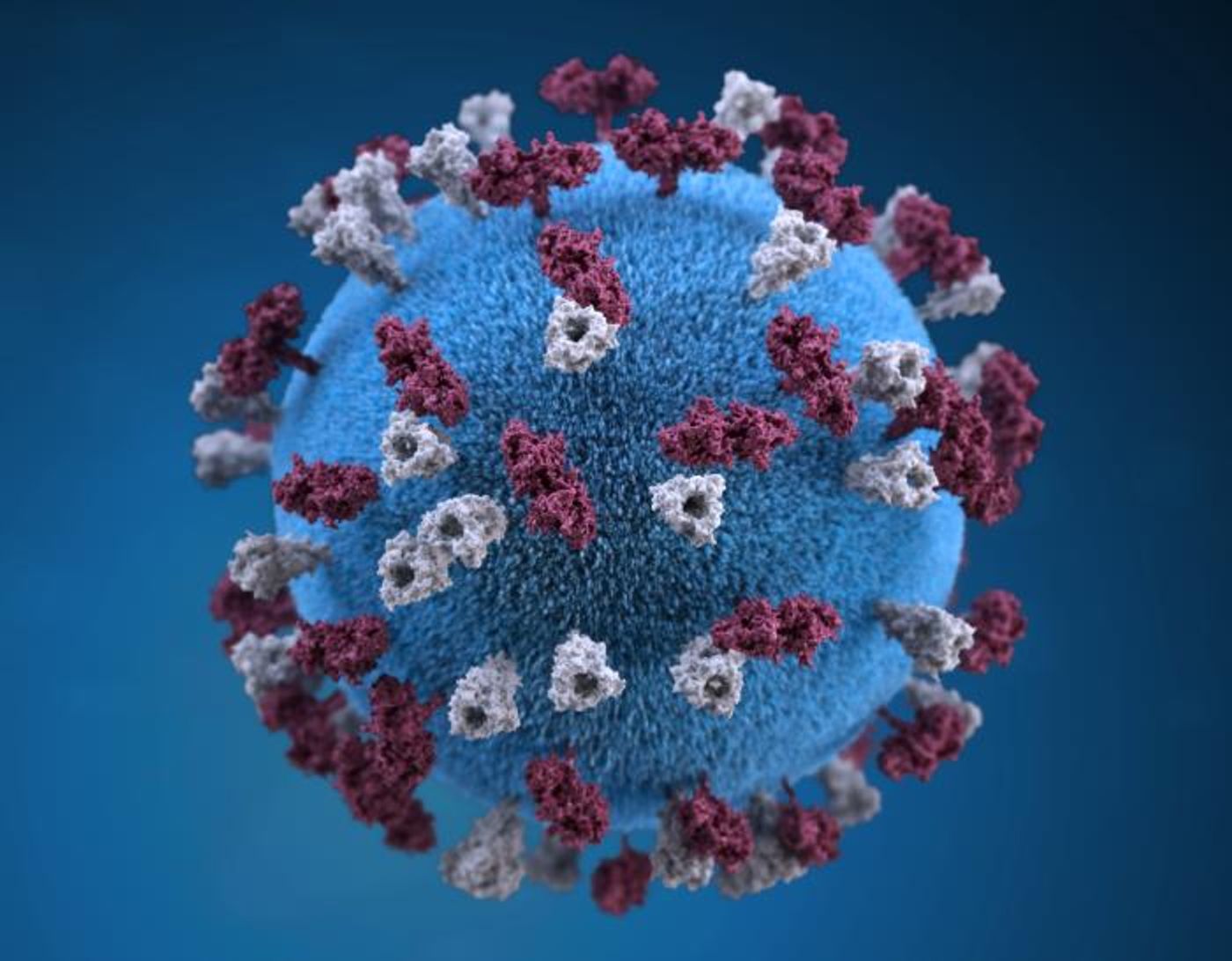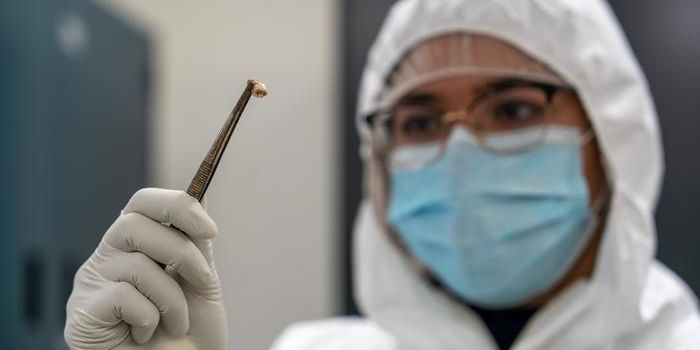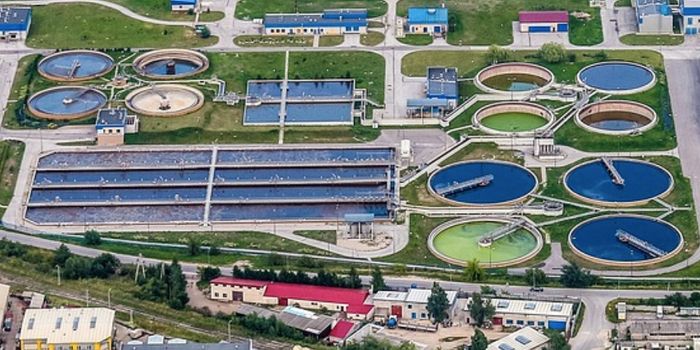Ongoing Disease Outbreaks: Cholera in Africa & Measles in Ohio, India
While it has gotten competition from SARS-CoV-2, the virus that causes COVID-19, measles is also a virus that is known as one of the most infectious diseases there is. While it causes mild symptoms like watery eyes, cough, fever, and a rash in many cases, it can lead to very serious complications and death in some people. About 90 percent of people who are not vaccinated will contract the illness when they are exposed, and roughly one in five will have to be hospitalized for treatment. Children are particularly vulnerable.
From 2017 to 2019, India began a campaign to eradicate measles. To achieve herd immunity, which stops infectious illnesses from spreading, 95 percent of children need to receive two doses of the measles vaccine (or MMR for measles, mumps and reubella). The effort was going well until the pandemic, when vaccination rates plummeted. From 2019 to 2021, only about 56 percent of Indian kids got both MMR doses. Now, measles is spreading in India and officials are trying to control it; it already caused 12,773 confirmed cases in November alone, according to the World Health Organization (WHO).
In the US, parents are advised to get the first MMR dose for children between 12 and 15 months old, and then another when the kids are between 4 and 6 years old.
Vaccine hesitancy, in which people start opting themselves or their children out of vaccine doses, is also becoming more widespread. In the United States, some polls have suggested that as many as 40 percent of people now question the value of vaccines. People and their kids are now starting to pay a price for their doubts. Measles is also spreading in Ohio, and the majority of cases there have affected unvaccinated kids.
Most of those infected with measles in Ohio are unvaccinated and under age 5. Several have an unclear vaccination status or have only gotten one of two doses. The first four cases involved children who had connections to the same child-care facility in Franklin County, Ohio. So far, 32 children have been hospitalized.
Other diseases are surging too. Cholera, a disease caused by a bacterium called Vibrio cholerae, is affecting several regions right now. There have been seven cholera pandemics during the past two centuries, according to WHO. The seventh was at its worst from 1961 to 1974, but it is considered to be still ongoing. Global incidence has decreased in many areas. However, the true burden of cholera is not known because most cases are not recorded. At least 95,000 people are thought to die of cholera, an acute diarrheal infection, every year.
Countries with fragile infrastructure, particularly in healthcare, are especially impacted by cholera. Humanitarian crises, and extreme weather events like flooding that are due in part to climate change, are also to blame for exacerbating the problem.
In 2022, severe flooding affected Pakistan and Nigeria, tropical cyclones hit Malawi and Mozambique, and drought occurred in the Horn of Africa; all of these areas are now reporting cholera outbreaks. Political instability and violence are also occurring in Afghanistan, Cameroon, the Democratic Republic of Congo, Haiti, and other countries where cholera outbreaks are ongoing.
The impacts of COVID-19 are also making it harder for authorities to respond effectively to public health threats.
Sources: Medical Xpress, Nature, World Health Organization (WHO)









